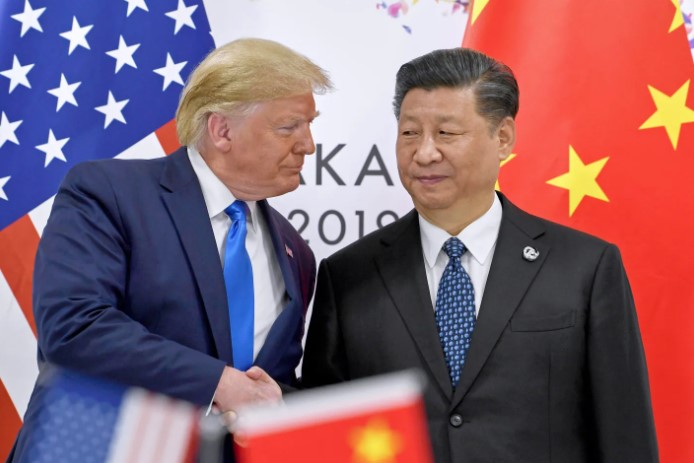The United States and China have reached a major trade breakthrough involving rare earths following a highly anticipated face-to-face meeting between US President Donald Trump and Chinese President Xi Jinping in Busan, South Korea. This meeting, which lasted more than 90 minutes, marked their first direct interaction since Trump returned to the White House in January.
A Breakthrough Meeting in Busan
Trump described the talks as a “great success” and announced immediate tariff reductions on Chinese goods. The discussions reportedly covered key topics including trade, technology, rare earths, and fentanyl exports.
In February, Trump imposed a 10% tariff on Chinese goods, blaming China for the flow of the synthetic opioid fentanyl into the United States. A month later, he added another 10%, followed by a steep 34% levy in April under what he called the “Liberation Day” tariffs. This brought total tariffs on Chinese goods to 54%. The aggressive measures led to weeks of trade tensions and retaliatory tariffs from Beijing.
🔋 With rare earths in China’s hands, Trump backs off Beijing and shifts the trade war to Delhi
However, in May, both sides agreed to cool tensions. They reduced their tariffs to 10% after triple-digit duties had briefly reached as high as 145% for Chinese goods and 125% for US exports. But the US continued to keep an additional 20% tariff over the fentanyl issue.
During the Busan meeting, Trump confirmed that this “fentanyl tariff” would now be lowered to 10%, which he said would bring the overall tariff rate on Chinese goods to about 47%. The White House is expected to release clearer details soon, but the announcement marks a significant step in easing the trade strain between the world’s two largest economies.
Rare Earths Deal Marks Major Economic Turn
One of the biggest takeaways from Trump’s post-meeting remarks was the announcement that the long-running dispute over rare earths has been “settled.” Trump said aboard Air Force One that “there’s no roadblock from China anymore” and that “the issue over rare earths has been fully resolved.”
Rare earths are 17 metallic elements essential for making electric cars, smartphones, fighter jets, and renewable energy systems. China dominates nearly 80% of the global supply chain, making the US and its allies heavily dependent on its exports.
U.S. weighs direct role in Greenland rare earths development through $50 million plan
In recent months, Beijing had tightened rare earths exports, alarming American manufacturers. Trump’s statement suggests China will now resume regular trade, easing global supply pressures. He added that the deal is “for the world,” not just the US.
The rare earths dispute was a major sticking point in the trade war. Without these materials, industries from electronics to defense faced production risks. Trump’s declaration of an end to the “rare earths roadblock” marks a major shift in US-China economic relations.
Tech, Trade, and Rare Earths Cooperation
Alongside tariffs and rare earths, another major focus of the meeting was technology. Trump said Chinese officials would hold direct talks with Nvidia CEO Jensen Huang, with US authorities acting as “a referee.” These discussions will focus on advanced computer chips, though not on Nvidia’s powerful Blackwell chip used for artificial intelligence.
China has been working to grow its high-tech industries, especially robotics and AI. Access to advanced US chips is crucial for that growth, but Washington had restricted exports over security concerns. Trump’s announcement of renewed talks signals improved cooperation between the two sides.
The meeting also touched on global issues, including the war in Ukraine. Trump said the US and China agreed to “work together” on the matter, while confirming that Taiwan was not discussed.
Myanmar’s Warfront Mines Bring China’s Rare Earth Empire to Its Knees
Trump’s Asia trip included multiple trade deals before meeting Xi in South Korea. In Japan, he signed agreements to boost rare earths and technology cooperation. In Seoul, he struck a deal with President Lee Jae Myung to cut reciprocal tariffs from 25% to 15% in return for $350 billion in US investments.
Calling the Busan meeting “an amazing success,” Trump said both sides had reached conclusions on “many important points.” As Air Force One departed, he joked about turbulence but emphasized the importance of the day — marking a major shift in US-China relations, with tariffs lowered, rare earths trade reopened, and new cooperation on technology underway.

